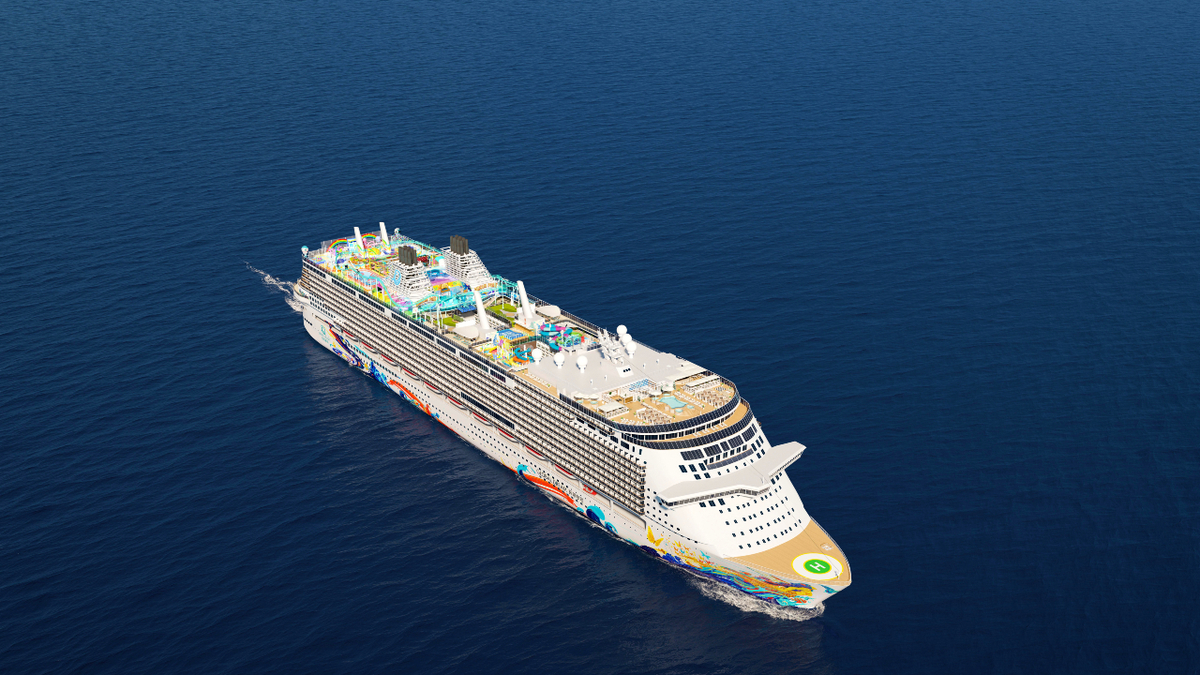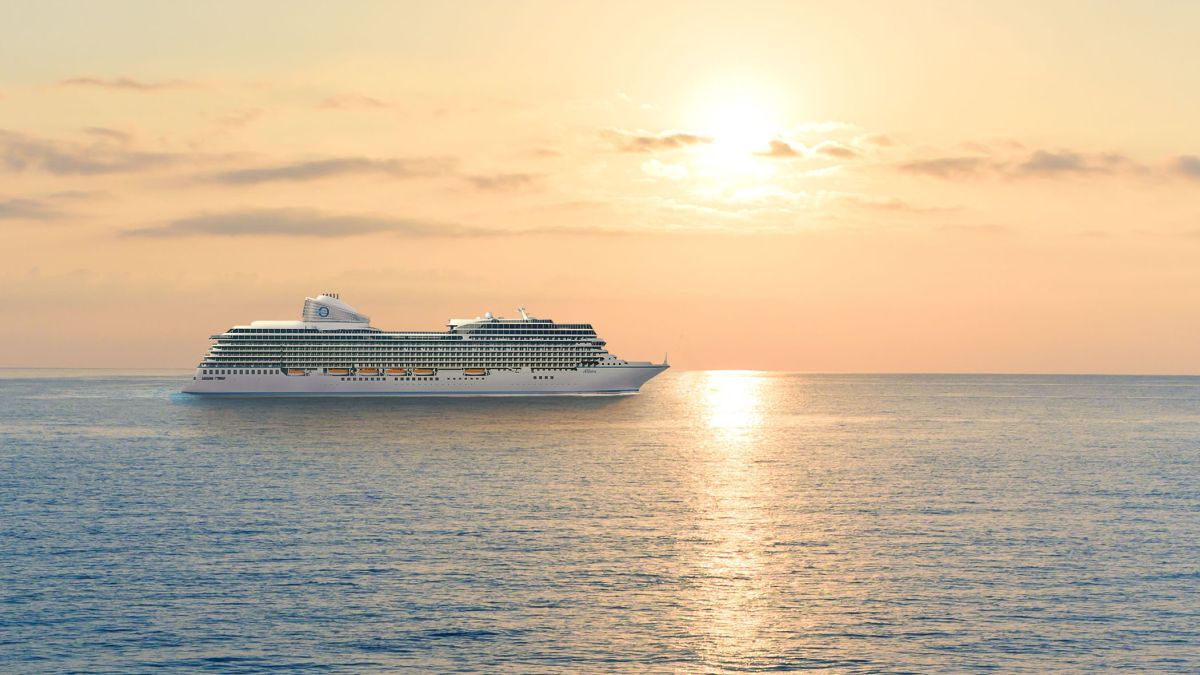Business Sectors
Events
Contents
2021: cruising looks for a fresh (re)start
Getting the US$150Bn cruise shipping industry back sailing will be no small task, but with vaccines being rolled out and Covid-19 mitigation efforts outlined by the CDC’s Conditional Framework for Sailing Order and the industry’s own health and safety efforts, it will happen
Creating a safe environment for passengers and crew will involve mitigating risk through increased health screening and testing prior to embarkation, improved sanitation and ventilation on board, monitoring controls on shore excursions, and providing contingencies for onboard treatment and evacuation.
Among the recommended actions are face coverings, capacity restrictions, upgraded ventilation systems, social distancing, expanded medical treatment facilities and improved contact tracing.
It’s the big one
While the pandemic has curbed newbuilding programmes and sent some cruises ships to the breakers, when cruising does return passengers will have several new ships to explore. Launching in 2021 and sailing out of China, 208,000-gt Global Dream pushes the boundaries of the imagination, with 19 decks, ‘luxury-ship-within-a-ship’ concept and a theme park complete with the largest roller coaster at sea. The cruise ship – with a maximum capacity of 9,500 – is designed to have 25% more public space per passenger, making it well suited for the post-Covid era.
Genting’s subsidiary Dream Cruises, as you might recall, was the first international cruise line to receive CIP-M certification from DNV GL to recommence operations sailing to Taiwan in July 2020.
LNG cruise ships and hydrogen ferries
2021 will mark the debut of the first LNG-fuelled cruise ship in North America. Carnival Cruise Line took delivery of 180,000-gt Mardi Gras from Finland’s Meyer Turku shipyard in December, with an inaugural sailing set for 24 April 2021 from Port Canaveral, Florida to the Caribbean. Mardi Gras’ sister, Carnival Celebration will join the fleet in 2022.
The UK’s first LNG-powered and largest cruise ship Iona will also make its maiden voyage in 2021.
In the passenger ferry sector, Norwegian ferry operator Norled will deploy the world’s first hydrogen-powered car ferry, Hydra. Designed by LMG Marin and built to DNV GL class, Hydra will pioneer the use of liquid hydrogen in the marine sector when it enters service in Q2 2021. Others working on the zero-emission project are Westcon Power & Automation, Protech, Ballard Power Systems and Linde Engineering. Built at Turkey’s Norse, Hydra is undergoing outfitting at Westcon Yard in Ølen, Norway. Other ferry operators outside Norway such as DFDS are exploring the use of liquid hydrogen to power their future fleets.
The development of Hydra and battery-powered ferries is in line with Norway’s ambitions to have zero emissions from cruise and ferries by 2026.
Electrifying options
Of the 475 all-electric, hybrid-electric and plug-in hybrid vessels under construction or in operation, more than 46% – 222 vessels – are passenger ferries and cruise ships. Notable deliveries in 2020 were US-based Maid of the Mist’s all-electric tour boats James V Glynn and Nikola Tesla that ditch the diesel and harness the renewable hydropower of Niagara Falls for zero-emissions sailing.
Batteries will continue to be applied across a broad spectrum of passenger vessels in 2021. Incorporating LNG and batteries, Aurora Botnia, the first car passenger ferry with DNV GL’s Clean Class Design notation, will join the fleet in 2021. India is also developing its first water metro service using a fleet of 78 zero-emissions vessels, the first 23 of which are under construction at Cochin Shipyard.
Related to this Story
Events
Maritime Environmental Protection Webinar Week
Cyber & Vessel Security Webinar Week
The illusion of safety: what we're getting wrong about crews, tech, and fatigue
Responsible Ship Recycling Forum 2025
© 2024 Riviera Maritime Media Ltd.














